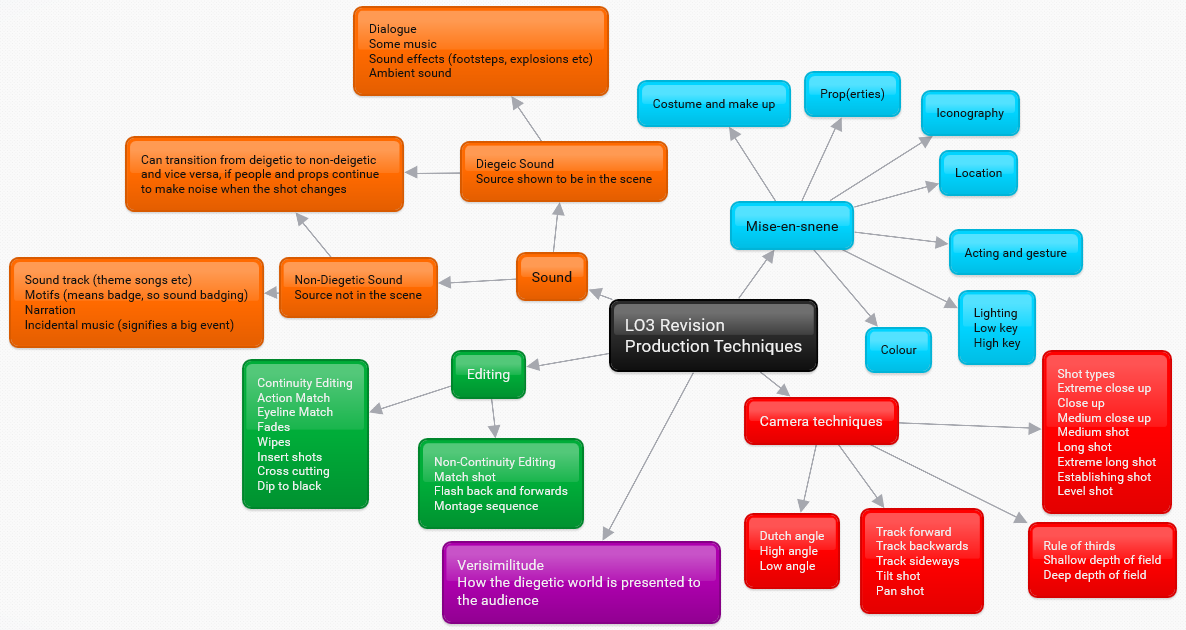Passive Audience Theory (Adorno and Horkheimer)
Hypodermic syringe - implies that media has a negative impact. Mass audience believe everything they see/hear.
In the 1940-50's, the mass media were perceived as an extreme influence towards audiences adapted behaviour. This was linked to rise of advertising and consumerism.
This model does not hold much positivity for the audience, however it is a good method for a media producer, politicians and also towards the use of marketing.
'Hidden Persuaders' book about it, by
Vance Packard (1957).
When the 'mass media' demonise groups, people or products that they believe become a threat to society, values and interests it is called a 'moral panic'
(Stanley Cohen, 1972). The group/products that are referred to as 'folk devils'.
Violence in the media -
Anderson (2007) - that high exposure to fast-paced violent games can lead to changes in brain function when processing violent images, including dampening of emotional responses to violence. One of the high risk factors?
Known as desensitisation.
Ferguson (2012) showed no long term link over three years.
Columbine High, Colorado Shooting - 'copycat' violence.
Media products that have been criticised for negative impact
Call of Duty - Modern Warfare 2 (
example)
Grand Theft Auto - Whole series (
example)
Breaking Bad (
example)
Facebook
Sasha Baron Cohen films
Scream - Man killed someone in a similar way to the film, and admitted wanting to emulate it.
Representation
Hall (1980) - All representations are mediated.
Perkins (1979) - Not all stereotypes are negative.
Mulvey (1975) - women objectified in the media.
Earp and Katz (1999) - representation of males, 'equation of masculinity with pathological control and violence'.
Butler (1993) - representation of gay people, are they stereotypical.
Alvarado (1987), Hall (1995) - ethnicity 'exotic, dangerous, humorous, pitied'.
Turton (2014) - hooligans, trouble causers. Black and asian boys.
Lloyd (1995) - girls as 'double deviant' - trouble causers but shouldn't be because they are women.
Active Audience Theory
Other school of thought, we are able to filter and adapt to content in the media,
(Gauntlett, 1995) - backwards...
We have uses and gratifications
(McQuail, 1972) theory - people use media for their own purposes?
Provides a more positive outlook on the effects of media.
Hall (1980) - encoding/decoding model.
Preferred reading - by audience depending on their background but accepts the dominant viewpoint/story.
Negotiated reading - partially agrees with meaning.
Oppositional reading - meaning understood but don't agree and think opposite.
Aberrant - gets the completely wrong meaning entirely.
Inception features very little that could be considered controversial. However, the message that the criminals won in the film could be seen as a negative influence to viewers. There could be seen as an issue regarding mental health, as the unstable woman in the film kills herself, and then returns as a recurring threat in the film, which could be seen as offensive to people with (similar) mental health issues.
The film might give the positive effect of valuing family, as the whole plot and purpose of the narrative is to reunite Cobb with his family, showing it's importance, and the revelation with Frost and his father also stresses this. It could also tell us that people who are often seen as faceless in society - media moguls and criminals, are people to, and have a family they value.

